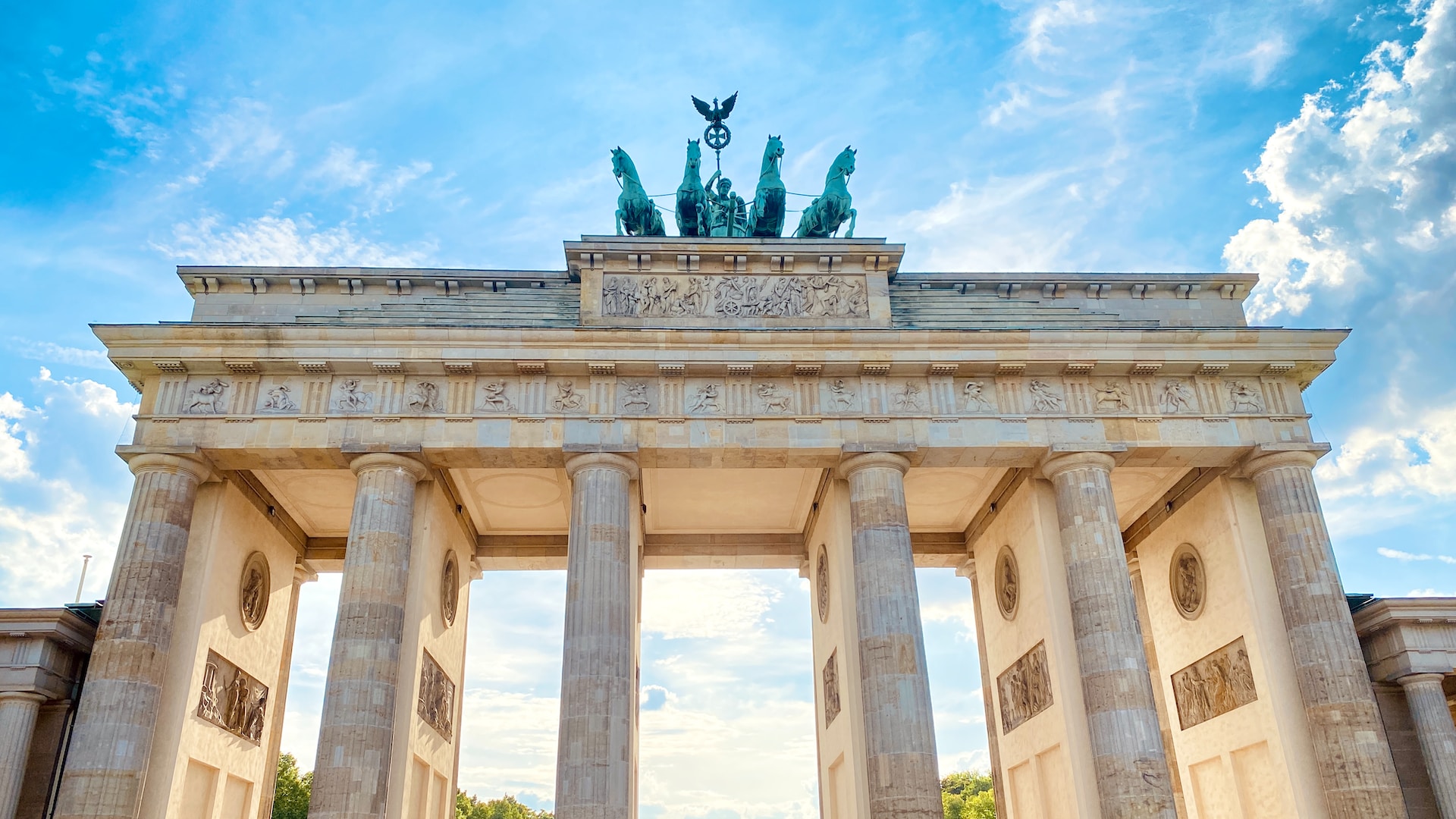The Berlin Wall was primarily located in East Germany.
After the end of World War II and the defeat of Nazi Germany, Germany was split into four occupation zones controlled
by the Allied powers: the United States, the Soviet Union, the United Kingdom, and France. Berlin, the capital,
was also divided into four sectors. However, tensions between the Soviet Union and the other three powers escalated,
leading to a complete separation of the Soviet-controlled East Germany and the Western Allied-controlled West Germany.
The Division of Germany
In 1949, the division became official with the establishment of two separate countries: the German Democratic
Republic (East Germany) and the Federal Republic of Germany (West Germany). East Germany,
which was under Soviet control, became a socialist state, while West Germany remained a democratic state with a
capitalist economy.
The Construction of the Berlin Wall
As living conditions in East Germany worsened and its citizens began fleeing to the more prosperous West Germany,
the East German government, with support from the Soviet Union, decided to build a barrier to halt the exodus.
On August 13, 1961, the construction of the Berlin Wall began.
The Berlin Wall was a physical barrier that completely encircled West Berlin, separating it from East Germany.
It stretched for about 155 kilometers (96 miles) and consisted of concrete walls, barbed wire fences, and guard
towers. Multiple checkpoints were set up along the wall, where border guards performed strict checks on individuals
crossing between the two sides.
Impact and Significance of the Berlin Wall
The Berlin Wall became a powerful symbol of the Cold War, representing the division between the capitalist West and
the communist East. It was not just a physical barrier but also a symbol of the ideological and political differences
between the two sides.
The wall had a profound impact on the people living in Berlin. Families and friends were separated, and many East
Germans risked their lives trying to escape to the West. Hundreds of people lost their lives while attempting
to cross the wall, either by jumping over, tunneling under, or using other risky methods.
The fall of the Berlin Wall in 1989 marked a significant moment in history, symbolizing the end of the Cold War
and the reunification of Germany. The wall was dismantled, and the borders between East and West Germany opened
up. It was a time of celebration and gave hope for a future of unity and peace.
Conclusion
The Berlin Wall was located in East Germany and served as a physical and ideological divide between the communist
East and the capitalist West. Its construction and eventual fall played a crucial role in shaping the history of
Germany and the world. Remembering the Berlin Wall reminds us of the importance of freedom, unity, and the human
spirit.






Leave a Reply